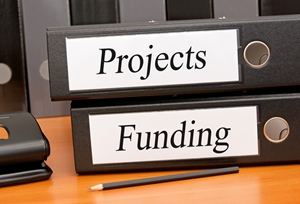
Business executives rely on their financial analysts and accountants to come up with predictions of how their financial future will look. When will the company run out of money? How will a new regulation affect the industry? What will happen to the business' stock price? All of these questions might be answered with a financial model.
What is financial modelling?
The act of creating a financial model is referred to as financial modelling, which is a form of analysis. It creates a flexible plan for the future that allows for proactive decision-making. With financial modelling, an executive can predict how a future event will turn out based on a business's earnings and expenses.
This type of planning is vital so executives have the best possible idea of how a decision will affect their business. Financial modelling accounts for both internal and external factors. It's especially important for publicly-traded businesses that consist of stock, as business owners want to know how any given decision or event will affect their stock price.
Many different types of firms use financial modelling. Public accountants, private institutions, and investment bankers commonly perform this type of analysis, though for different reasons. For example, private institutions could use financial modelling to help with private equity, research, or portfolio management — whereas bankers might use it for trading and sales.
Some of the reasons a business might use financial modelling are:
- Allocate or raise capital.
- Divest or sell business units.
- Forecast how an event will turn out.
- Budgeting.
- Grow or value a corporation.
What does a financial model look like?
Financial models are spreadsheets that analyse a business' past performance and future events to predict outcomes. It can include data such as:
- Supporting schedules.
- Cash flow statements.
- Balance sheets.
- Income statements.
In addition, many Key Performance Indicators (KPIs) are evaluated. These can be:
- Equity.
- Closing balances.
- Assets.
- Gross runway.
- Staff costs.
- Revenue.
- And much more.
All of this is assembled together in the spreadsheet to create a forecast for the financial future of the business. Most financial models try to predict one or two years in advance.
Financial modelling is the future of business — literally
Without financial modelling, businesses would have little idea of how their financial futures will turn out. Investors and stakeholders wouldn't know what to expect, so they would be unlikely to continue to support the business. Financial modelling peers into the future using objective data, and analysts can use this to plan for the future. Armed with this information, businesses can be better equipped to handle anything that comes their way.



